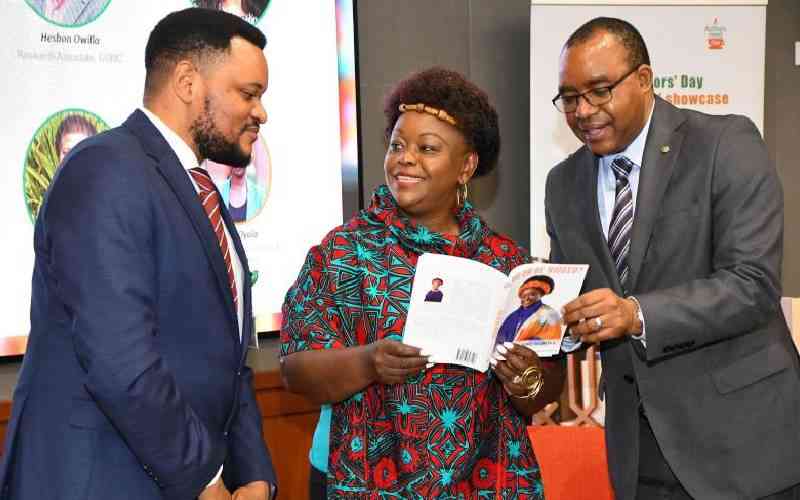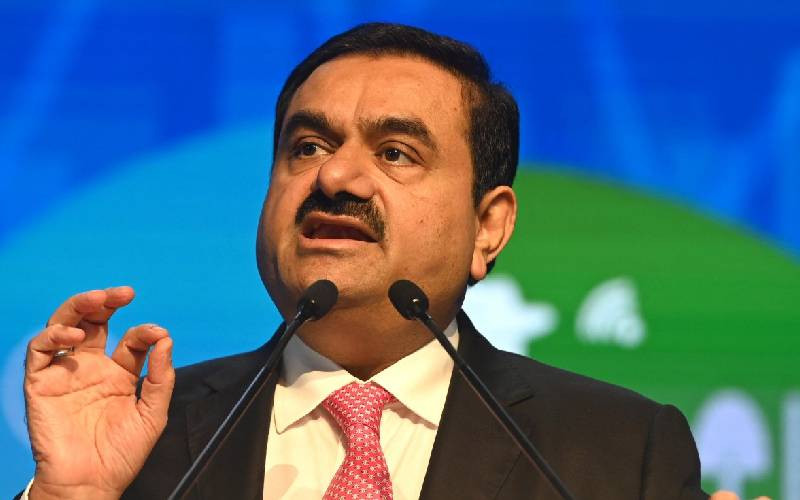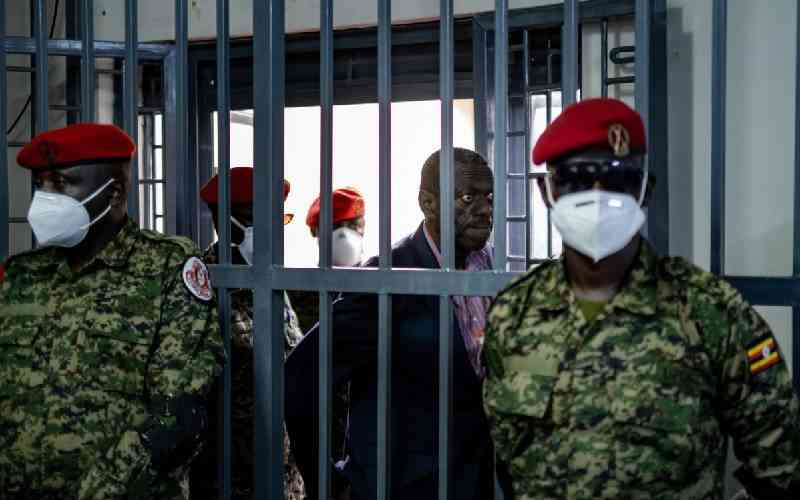Most of the props that hoisted the media industry two decades ago are rickety today. Traditional models that worked back then have been rendered ineffective or obsolete altogether. This reality calls for an overhaul of the fundamentals that drive media.
Whichever direction the media industry takes forthwith, four crucial aspects the Media Council of Kenya (MCK) holds dear will remain. The first is policy, be it with regard to tweaking or enforcing it. Any change focused on inspiring new thinking in media should strike a balance between responsible and factual journalism and freedom and independence of media on the other hand.
Of foremost priority right now is to keep media houses afloat. This may require a new model of funding media operations away from advertising. For now, perhaps a media fund is the best panacea to safeguard media houses from sinking or getting tempted to engage in unprofessional conduct. At the moment, MCK is engaging advertisers, media practitioners and other stakeholders in creating an advertising policy that will bolster independent reporting. The regulatory framework intends to create a fund drawn from a set percentage of revenue from advertising to support the media industry. Besides, we are keen on involving the 918, 270 Kenyans reported to live with disability in the media industry to enhance inclusivity.
The second area for MCK is its go-between role with diverse stakeholders. The idea is to mediate complaints and arbitrate conflicts while maintaining independence and freedom of the media. Through a co-regulation model, MCK hopes to bring together media practitioners, the public, and the government to collaborate and enhance professionalism. MCK will engage in training media practitioners while working on a collaborative policy involving all media channels. The third concern is on ethical practice and safety of journalists. Majority of journalists generally follow the code of ethics, though as would be expected, unscrupulous elements are there. The commonest transgression is accepting gifts from people or organisations by journalists.
Meanwhile, journalists serially face police harassment, intimidation, assault and denial of access to information or venues where news is generated. Female journalists are usually at a higher risk. To enhance ethical conduct among journalists, the Council encourages the policy of “see something, say something” within a self-regulating environment, which is better than having those outside the media ecosystem playing a regulatory role.
The fourth parameter is about innovation. It is an open secret that the media landscape the world over is changing rapidly. However, the changes are not accompanied by a concomitant change in policy. That is why MCK is crafting policy tools to counter the near-mercurial vicissitudes the media world is facing. Such tools will cushion the media from the glaring threat caused by the prevailing fluidity in the industry.
By nature, policy manifests progressively, its overarching influence changing institutional culture a step at a time. However, it has a way of turning tables on known conventions without notice. The need to keep up with changing times in the media is nuanced and therefore easily be missed or misread. Thankfully, as the cost of technology reduces, more players are able to join the media industry. The digital migration in 2016 revealed just how much technology can change the media landscape. Between 2017 and 2019, the number of TV stations in Kenya increased from 14 to 81 free-to-air channels. The audiences have quadrupled.
-The writer is the Media Council of Kenya Chairman
 The Standard Group Plc is a
multi-media organization with investments in media platforms spanning newspaper
print operations, television, radio broadcasting, digital and online services. The
Standard Group is recognized as a leading multi-media house in Kenya with a key
influence in matters of national and international interest.
The Standard Group Plc is a
multi-media organization with investments in media platforms spanning newspaper
print operations, television, radio broadcasting, digital and online services. The
Standard Group is recognized as a leading multi-media house in Kenya with a key
influence in matters of national and international interest.
 The Standard Group Plc is a
multi-media organization with investments in media platforms spanning newspaper
print operations, television, radio broadcasting, digital and online services. The
Standard Group is recognized as a leading multi-media house in Kenya with a key
influence in matters of national and international interest.
The Standard Group Plc is a
multi-media organization with investments in media platforms spanning newspaper
print operations, television, radio broadcasting, digital and online services. The
Standard Group is recognized as a leading multi-media house in Kenya with a key
influence in matters of national and international interest.








